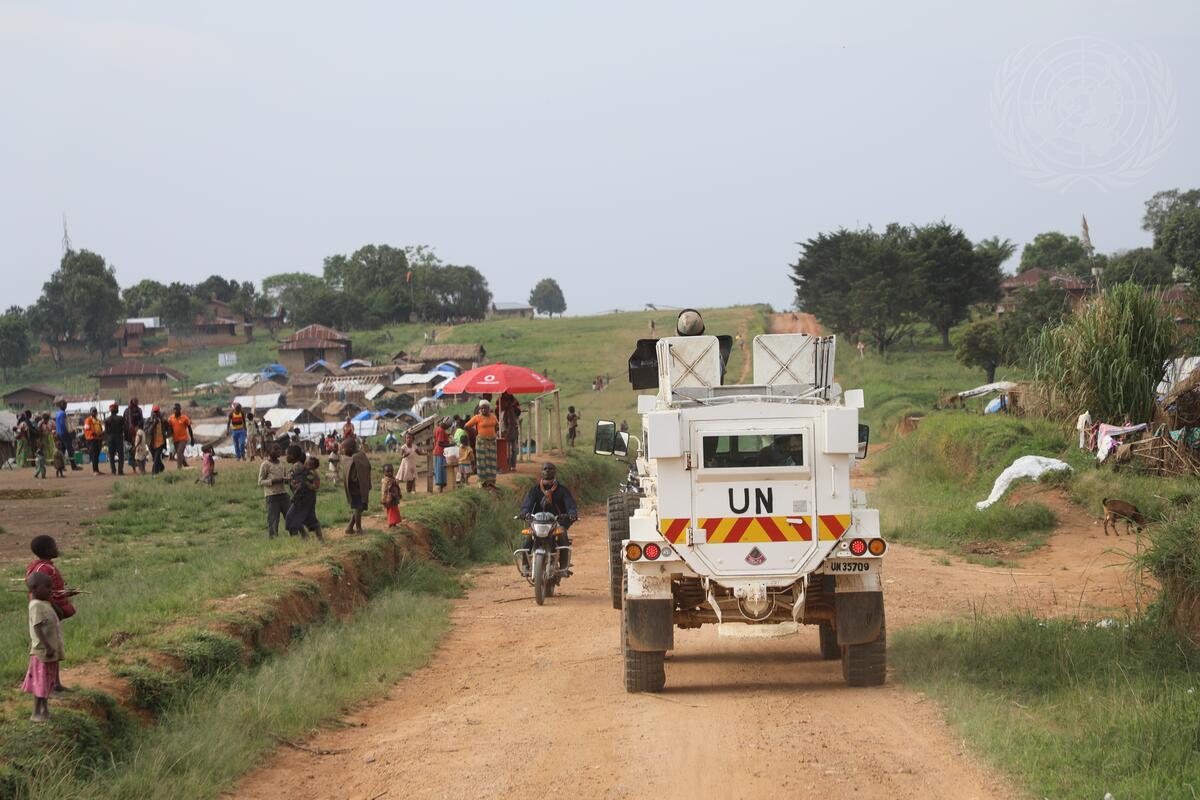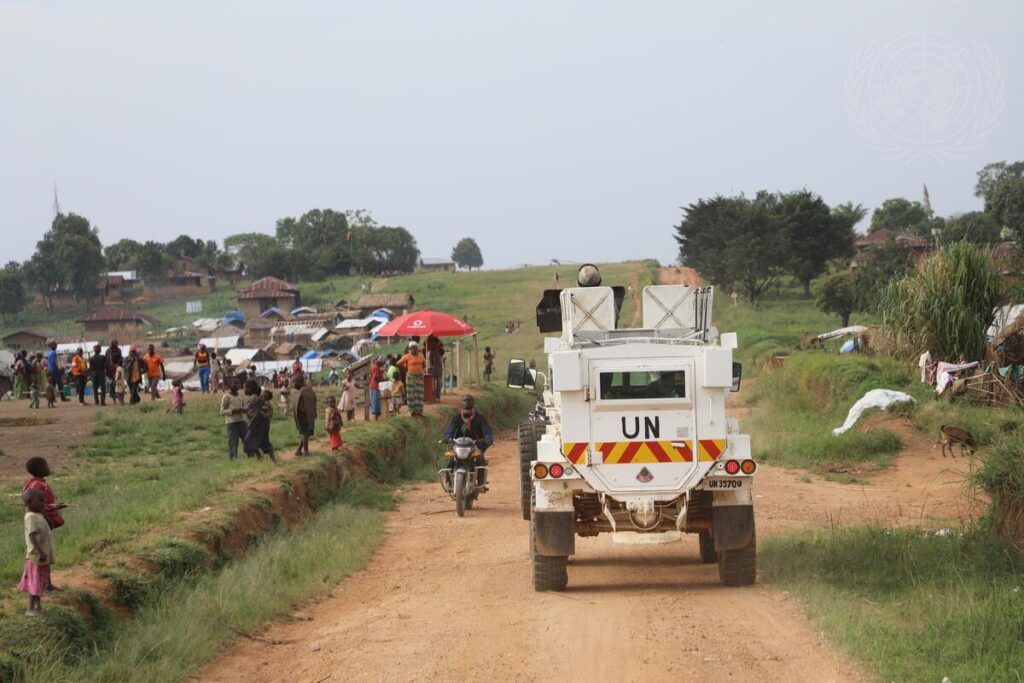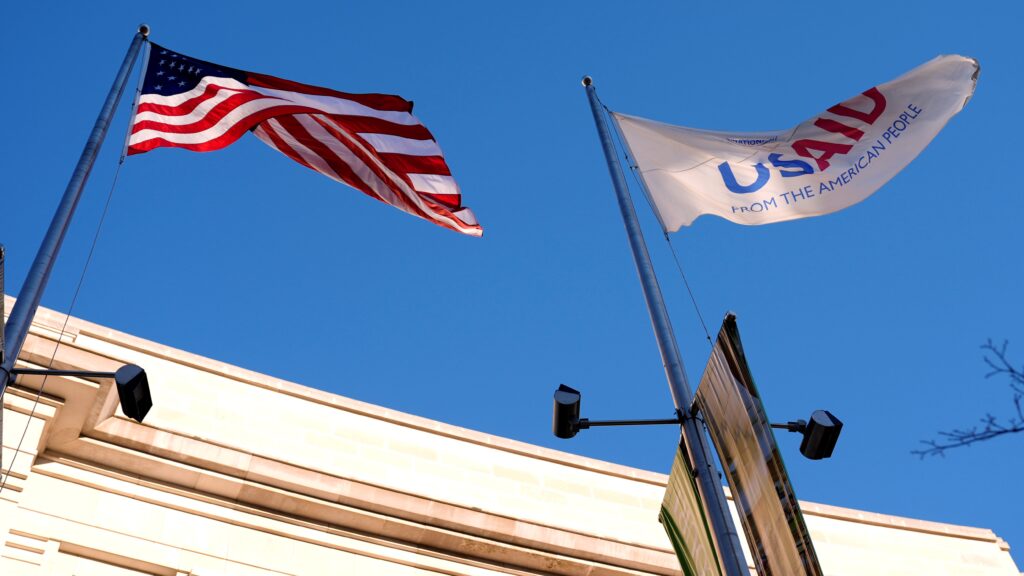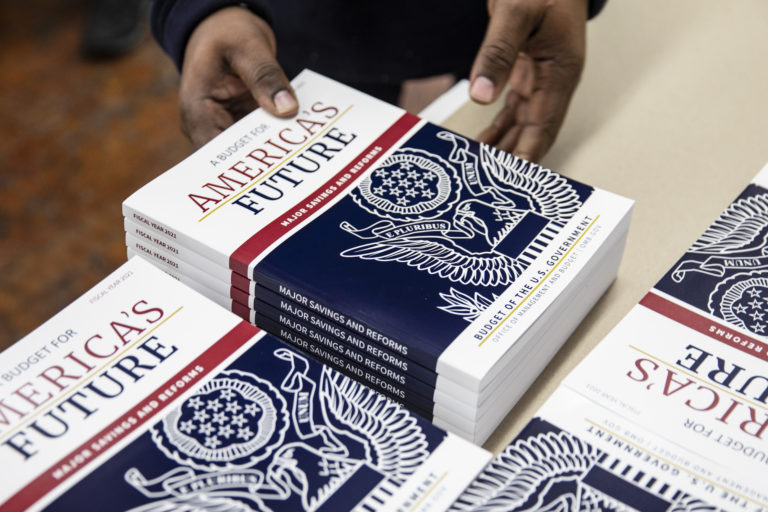In January 2024, the UN Security Council voted to end MONUSCO, the UN’s peacekeeping mission in the Democratic Republic of Congo. Now, over a year and two Security Council mandate extensions later, the UN’s withdrawal has been again delayed as escalating fighting stokes fears about the risks of a post-MONUSCO DRC.
Read our recent blog to learn more about the current situation on the ground.
These developments raise the question: What happens when peacekeeping missions end? After all, peacekeeping missions require the consent of local partners to operate. The job of peacekeepers is to help create the conditions necessary for local governments to function. If consent changes, it impacts the ability of peacekeepers to achieve their mandates and remain in the country.
When Missions Come to an End
The end to a UN peacekeeping mission is typically a structured process, ensuring an orderly transition to minimize disruptions while preserving stability. This type of conclusion to a mission is guided by the achievement of its mandate or a Security Council resolution.
The UN Security Council – which authorizes peacekeeping missions – assesses if the mission has fulfilled its objectives, such as maintaining a post-conflict ceasefire. This decision is made by the Council directly alongside local governments – countries maintain full sovereignty even when accepting assistance from UN missions. Once the determination of a mission’s success has been made, the UN will begin the lengthy process of transferring authority and responsibilities to local partners.
This was the case for the UN’s mission in Sierra Leone, a country that throughout the 1990s had experienced a brutal civil war claiming the lives of over 50,000 civilians. After almost a decade of conflict, the Lome Peace Accord was signed in 1999 to facilitate a ceasefire between Sierra Leone’s government and Liberian-backed rebels. Soon after, the UN Mission in Sierra Leone (UNAMSIL) was established to monitor the provisions of the agreement, including the holding of national elections and the disarmament of former rebel fighters.
Considered one of the great success stories of UN peacekeeping, UNAMSIL successfully disarmed over 75,000 combatants and supported the country’s successful presidential and parliamentary elections in 2002. Having achieved its mandate, the Council voted to withdraw the mission in 2003, a three-year process during which Sierra Leone would assume UNAMSIL’s security operations throughout the country and regain the primary responsibility for the maintenance of peace and security. Today, Sierra Leone remains an outspoken advocate for peacekeeping as it continues to reap the benefits of UNAMSIL, even serving as a key supporter for initiatives like the Secretary-General’s Action for Peacekeeping initiative.
When Missions are Forced to End
However, a smooth transition of power is not always the case. Rapidly changing political and security conditions on the ground can also force the process of withdrawal, even before the completion of a mandate. Escalating violence can necessitate a mission’s closure when peacekeepers become increasingly threatened and the risk of maintaining a presence on the ground is too great. The influence of foreign malign actors or anti-UN disinformation campaigns can undermine trust in the UN, resulting in host governments requesting missions to vacate the country earlier than planned.
These types of withdrawals are often the most difficult and consequential, since dangerous security conditions require an even more intentional transfer of resources and responsibilities to local partners. The ability of warring parties to take advantage of this transfer of power is low. Even if all goes to plan, the risk of increased chaos and conflict is significant.
These pitfalls have become increasingly apparent in the case of Mali. Since Malian independence in 1960, a continued cycle of coups and rebel incursions from the north have destabilized the central government, a trend worsened by the presence of jihadist and transnational crime groups throughout the country. Following another attempted coup in 2012 and unsuccessful elections the following year, the civil conflict in Mali began to spiral, threatening to spread to the broader region.
In 2013 , the Security Council established the UN Multidimensional Integrated Stabilization Mission in Mali (MINUSMA) to support the local government and assist in the stabilization of the country’s north alongside French security forces. However, the presence of external actors, eventually including troops from Russia’s paramilitary force the Wagner Group, made this task increasingly challenging. The UN’s mission in Mali soon became the deadliest in the world. Groups like Wagner began to take advantage of the country’s French colonial legacy, painting UN peacekeepers as the next colonial force to take over Mali.
These dynamics culminated in June 2023, when the local government formally requested MINUSMA’s withdrawal from the country. Over the following months, UN troops transferred responsibility to local authorities, leaving only a small team to oversee the transport of UN assets and equipment. Since the withdrawal, the Malian government has struggled to regain stability. Today, the continued rise of jihadist activity alongside other malign actors have made Mali and the broader Sahel one of the most dangerous regions in the world.
The Decision to Withdraw
Whether anticipated or not, the end of a UN mission is a carefully choreographed maneuver, requiring full participation from both the UN and the local government. The current dilemma facing the DRC serves as a stark reminder of just how complicated this process can be.




